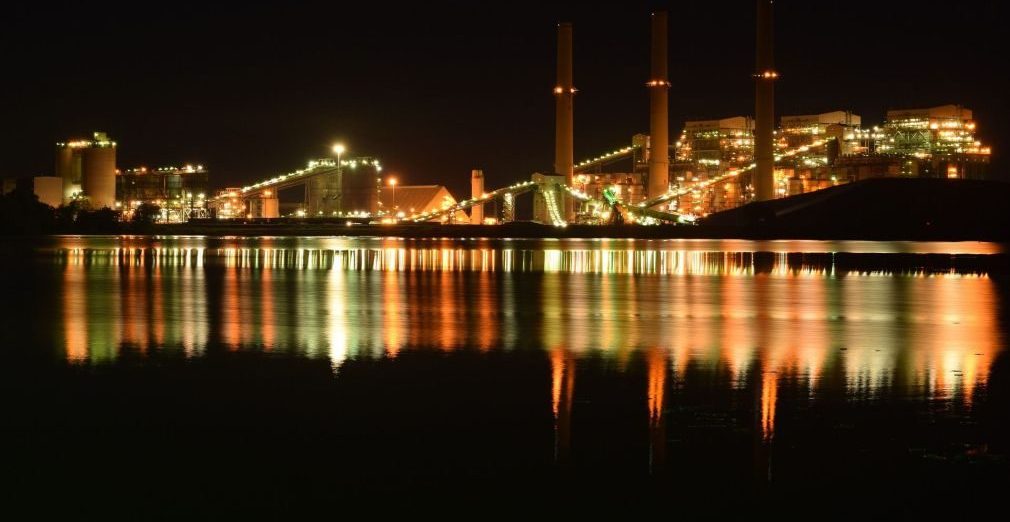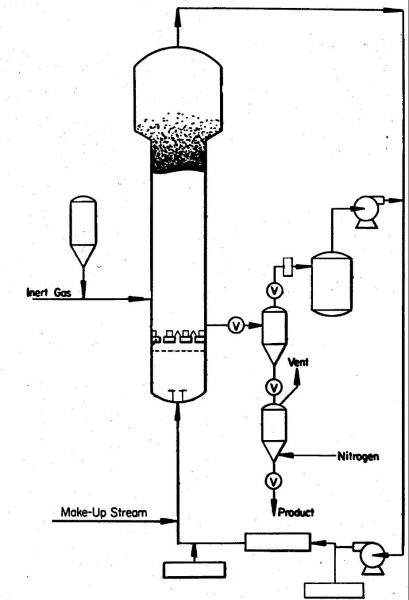In his article “Condensed Mode Cooling of Ethylene Polymerisation in Fluidised Bed Reactors“, Timothy McKenna (Université de Lyon) reviews the current state of a very challenging topic. While condensed mode cooling – the injection of vaporized or liquid alkanes into a fluidized bed reactor (FBR) in order to increase the amount of heat removed from the reactor, and thus allow producers to increase reactor yields – is used by virtually every major manufacturer of polyethylene around the world, very little is actually known about it in the open literature.
There are many reasons for this state of events, not the least of which are that it is necessary to run a reactor in continuous mode (very difficult in R&D laboratories), and that the reactor needs to be at minimum 2 to 3 meters high as discussed in the review. What is clear from the information available is that it is quite true that adding chemically inert alkanes to the feed stream of the reactor can allow manufacturers to as much as double the production rate. However it is also evident that this type of action leads to numerous other changes: increased pressure drop in the bed, significantly stickier polymer particles, changes in polymer properties, and, not least of all, changes in the relative concentrations of reactive species in the amorphous phase of the polymer (i.e. at the active sites of the catalyst).
The review presents an overview of some of the methods developed by industrial groups to at least detect the onset of bed instability caused by the first two changes above, and some of the theoretical work done by academic groups to understand the aspects related to the non-ideal thermodynamics of these systems. However, one of the major conclusions that can be drawn from this discussion is that despite the so-called maturity of condensed mode technology, our understanding of how it impacts polymer production is quite empirical in nature.
Significant progress still remains to be made in developing predictive methods to understand how properties change, how polymerization rates change, and how the reactor will behave as one changes the type and quantity of condensing agents (and condensable monomers!) in the reactor.


















